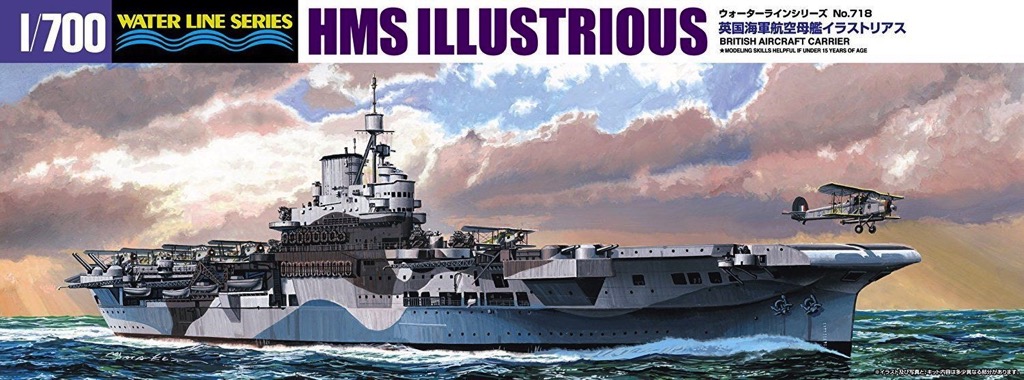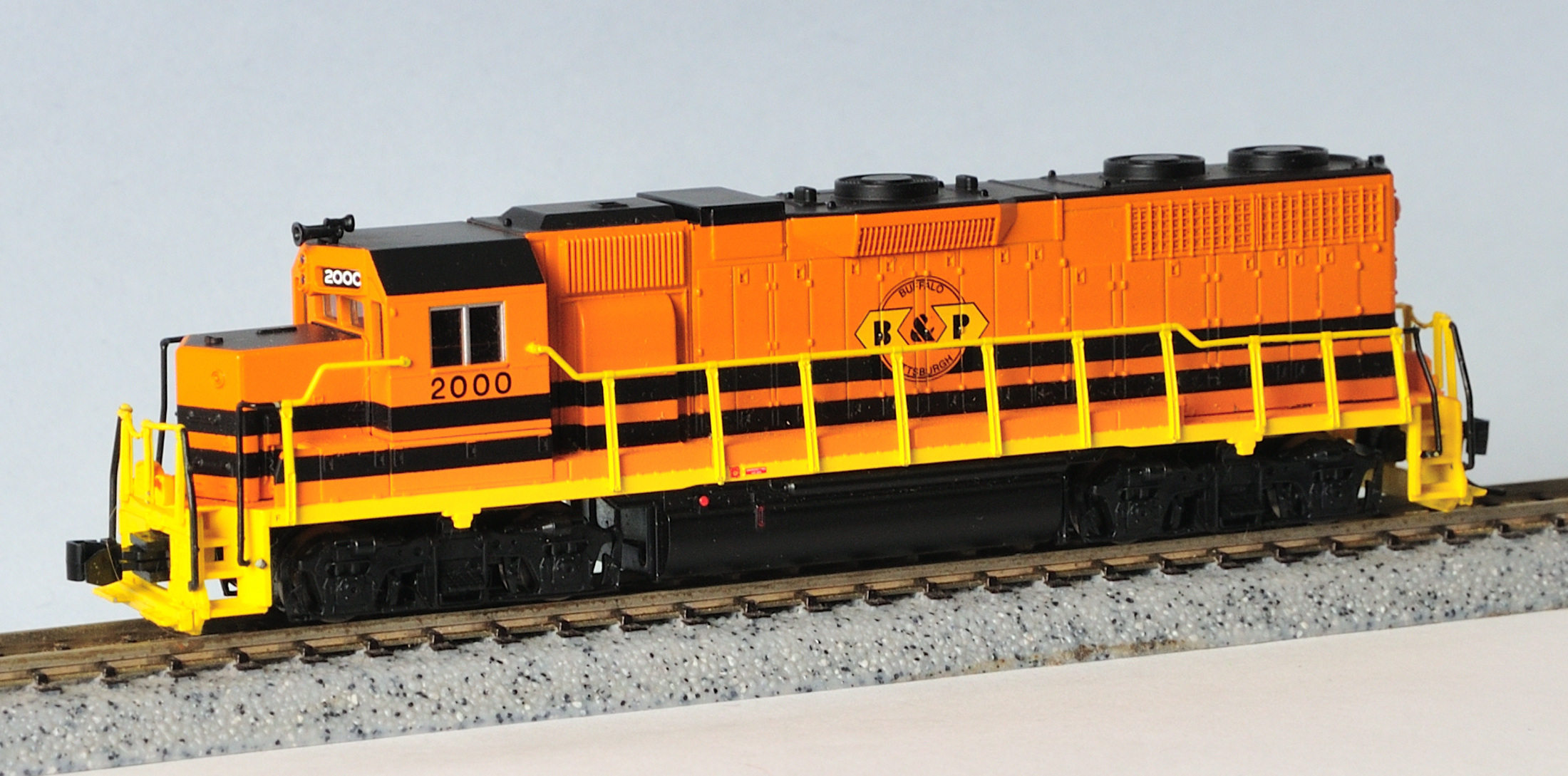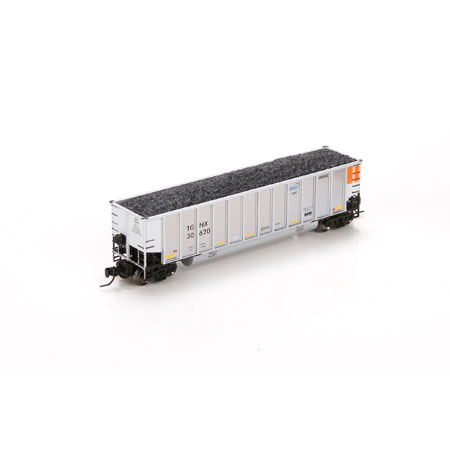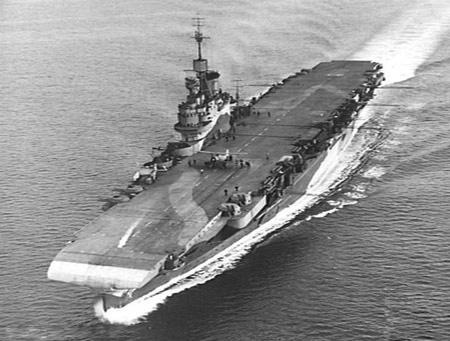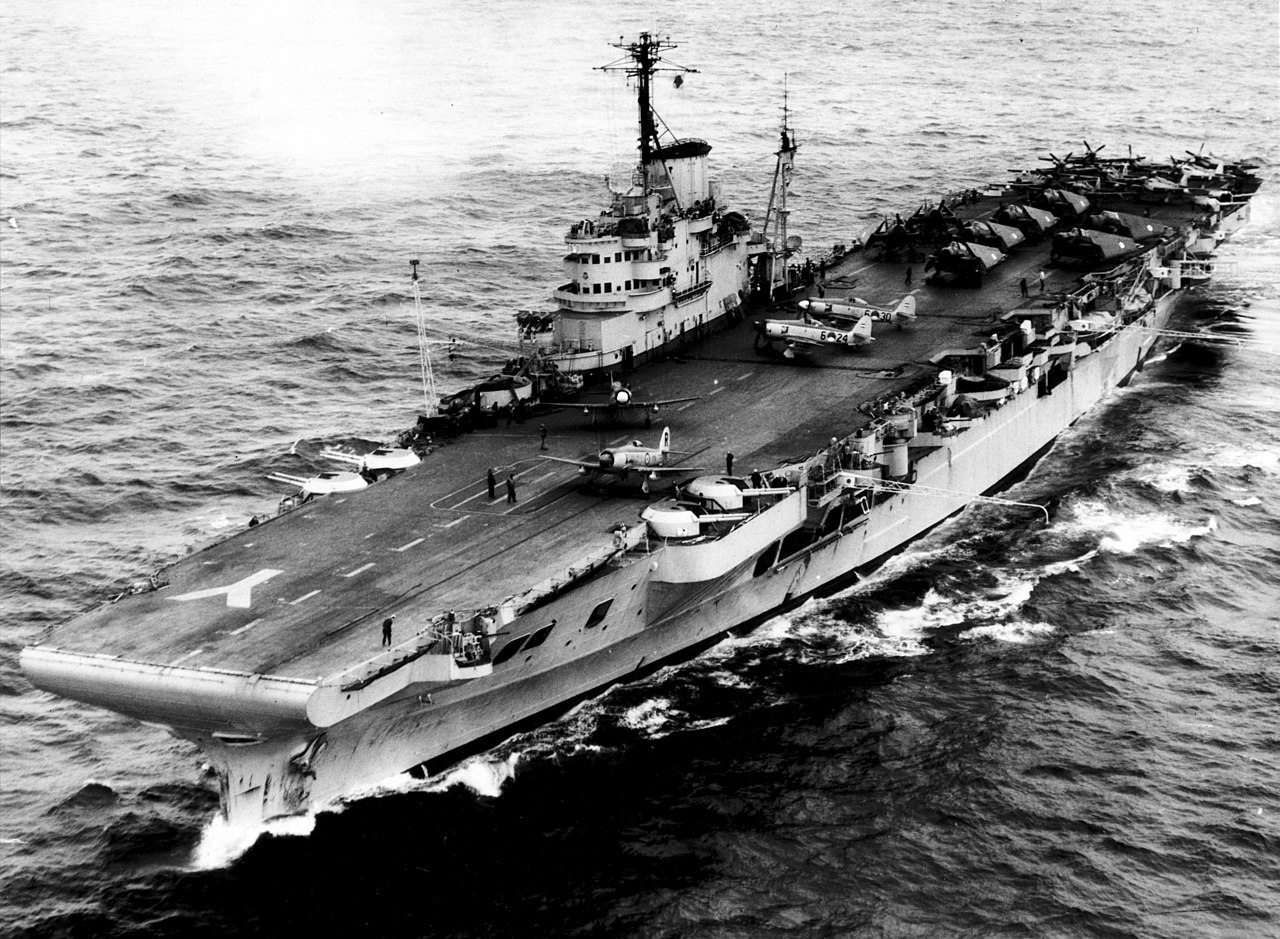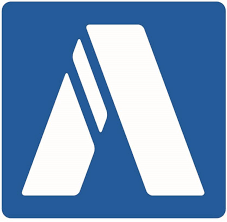Class: The Illustrious class was a class of aircraft carrier of the Royal Navy that included some of the most important British warships in World War II. They were laid down in the late 1930s as part of the rearmament of British forces in response to the emerging threats of Nazi Germany, Fascist Italy and Imperial Japan.
The Illustrious class comprised four vessels: HM Ships Illustrious, Formidable, Victorious and Indomitable. The last of these was built to a modified design with a second, half-length, hangar deck below the main hangar deck. Each of these ships played a prominent part in the battles of World War II. Victorious took part in the pursuit of the German battleship Bismarck, Illustrious and Formidable played prominent parts in the battles in the Mediterranean during 1940 and 1941 and all three took part in the large actions of the British Pacific Fleet in 1945.
The latter two ships of the Implacable class were also built to modified designs in order that they could carry larger air wings. Implacable and Indefatigable both had two hangar levels, albeit with a limited 14-foot (4.3 m) head room.
The Illustrious class comprised four vessels: HM Ships Illustrious, Formidable, Victorious and Indomitable. The last of these was built to a modified design with a second, half-length, hangar deck below the main hangar deck. Each of these ships played a prominent part in the battles of World War II. Victorious took part in the pursuit of the German battleship Bismarck, Illustrious and Formidable played prominent parts in the battles in the Mediterranean during 1940 and 1941 and all three took part in the large actions of the British Pacific Fleet in 1945.
The latter two ships of the Implacable class were also built to modified designs in order that they could carry larger air wings. Implacable and Indefatigable both had two hangar levels, albeit with a limited 14-foot (4.3 m) head room.
Warship: HMS Illustrious was the lead ship of her class of aircraft carriers built for the Royal Navy before World War II. Her first assignment after completion and working up was with the Mediterranean Fleet, in which her aircraft's most notable achievement was sinking one Italian battleship and badly damaging two others during the Battle of Taranto in late 1940. Two months later the carrier was crippled by German dive bombers and was repaired in the United States. After sustaining damage on the voyage home in late 1941 by a collision with her sister ship Formidable, Illustrious was sent to the Indian Ocean in early 1942 to support the invasion of Vichy French Madagascar (Operation Ironclad). After returning home in early 1943, the ship was given a lengthy refit and briefly assigned to the Home Fleet. She was transferred to Force H for the Battle of Salerno in mid-1943 and then rejoined the Eastern Fleet in the Indian Ocean at the beginning of 1944. Her aircraft attacked several targets in the Japanese-occupied Dutch East Indies over the following year before Illustrious was transferred to the newly formed British Pacific Fleet (BPF). The carrier participated in the early stages of the Battle of Okinawa until mechanical defects arising from accumulated battle damage became so severe that she was ordered home early for repairs in May 1945.
The war ended while she was in the dockyard and the Admiralty decided to modify her for use as the Home Fleet's trials and training carrier. In this role she conducted the deck-landing trials for most of the British postwar naval aircraft in the early 1950s. She was occasionally used to ferry troops and aircraft to and from foreign deployments as well as participating in exercises. In 1951, she helped to transport troops to quell rioting in Cyprus after the collapse of the Anglo-Egyptian treaty of 1936. She was paid off in early 1955 and sold for scrap in late 1956.
The war ended while she was in the dockyard and the Admiralty decided to modify her for use as the Home Fleet's trials and training carrier. In this role she conducted the deck-landing trials for most of the British postwar naval aircraft in the early 1950s. She was occasionally used to ferry troops and aircraft to and from foreign deployments as well as participating in exercises. In 1951, she helped to transport troops to quell rioting in Cyprus after the collapse of the Anglo-Egyptian treaty of 1936. She was paid off in early 1955 and sold for scrap in late 1956.
Brand: Aoshima Bunka Kyozai Co., Ltd. (株式会社 青島文化教材社 Kabushiki Gaisha Aoshima Bunka Kyōzaisha), commonly truncated to Aoshima, is a Japanese model manufacturer based in Shizuoka Prefecture. It produces plastic model kits of a variety of vehicles, including model car, model aircraft, model ship and model Sci-fi mecha under Aoshima brand, along with finished toys under Skynet brand, diecast models under Miracle House brand, diecast cars under DISM brand and female statue figures under FunnyKnights brand.
Item created by: gdm on 2019-07-31 13:05:36
If you see errors or missing data in this entry, please feel free to log in and edit it. Anyone with a Gmail account can log in instantly.
If you see errors or missing data in this entry, please feel free to log in and edit it. Anyone with a Gmail account can log in instantly.


